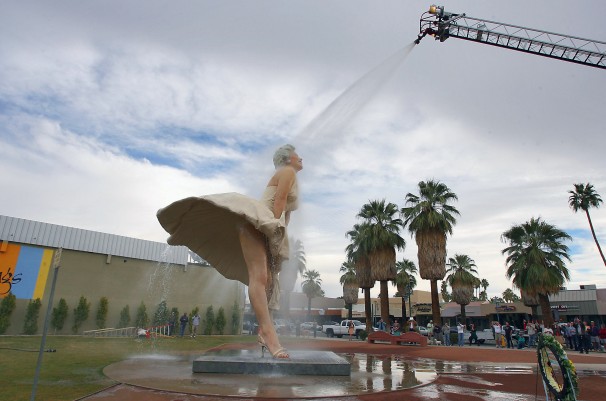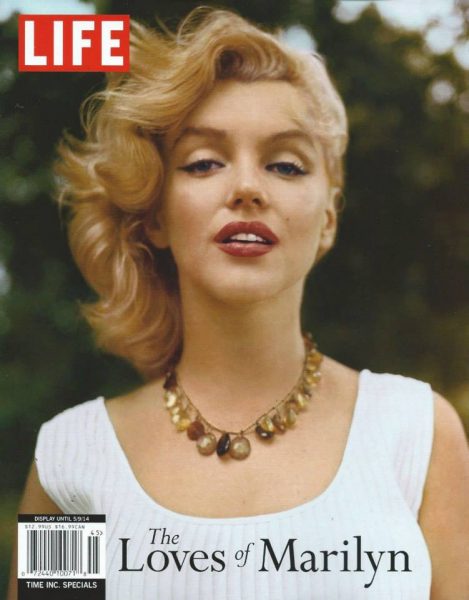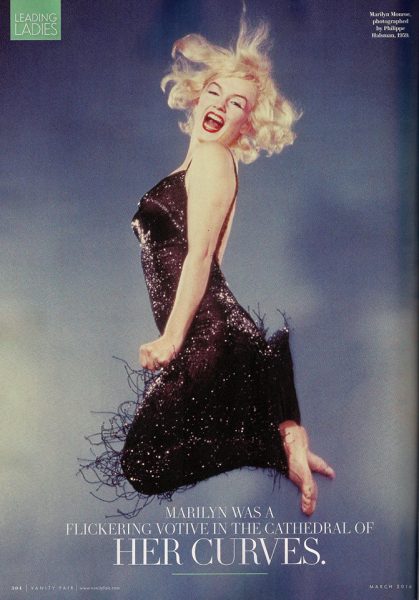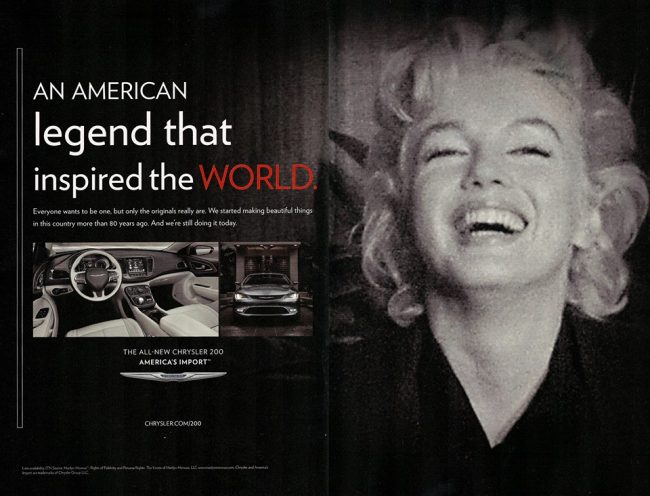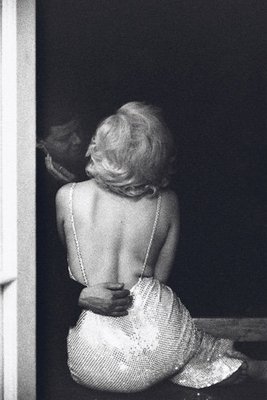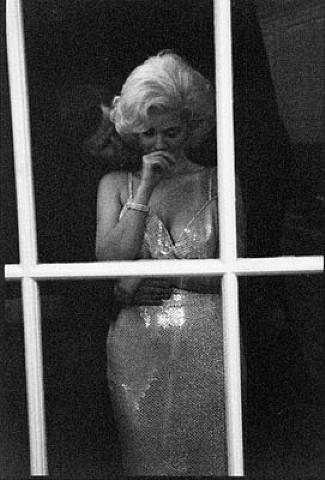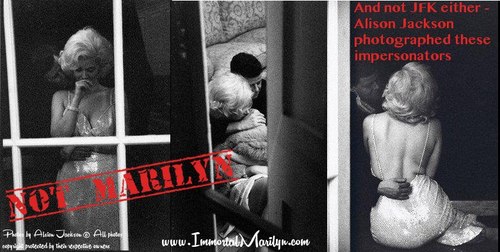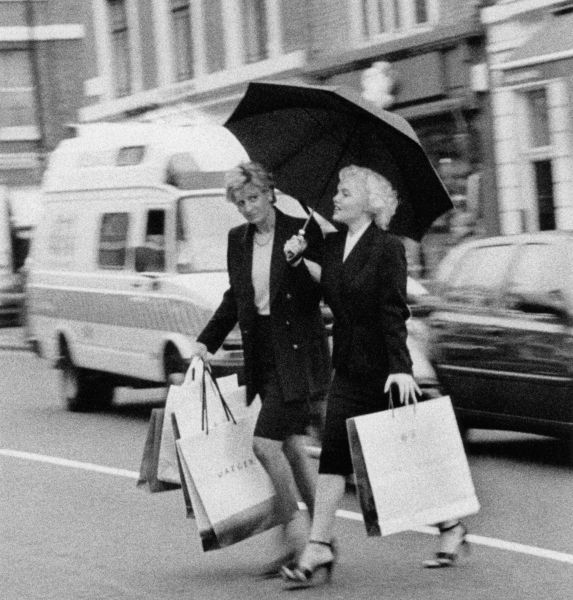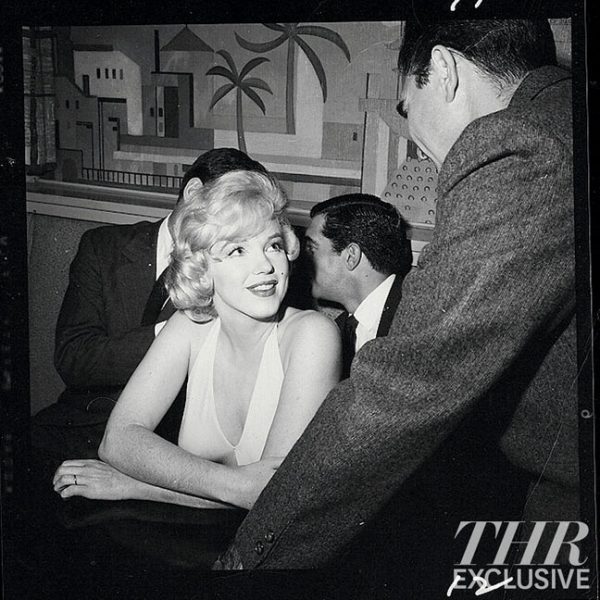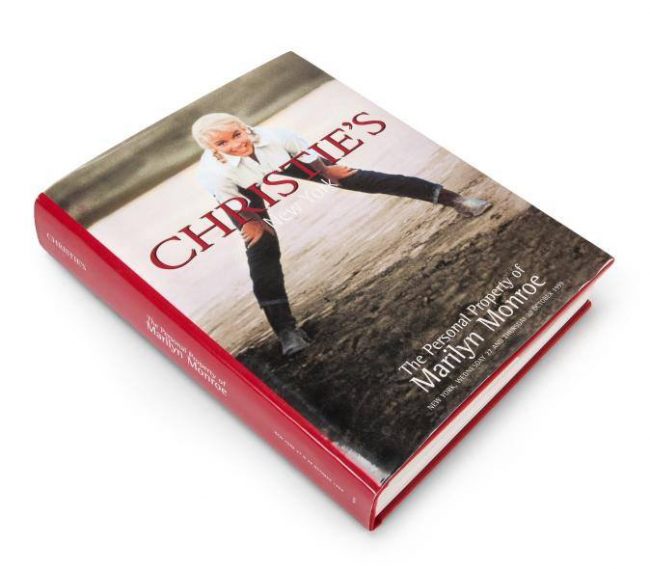“Their new study, published today in the Proceedings of the National Academy of Sciences, showed that people at memorabilia auctions were willing to pay much more for items owned by John F. Kennedy or Marilyn Monroe if they thought the beloved celebrities had touched them, but preferred to pay less than the object’s value for items owned by widely disliked individuals (such as Bernie Madoff) if they imagined he’d come into contact with them.
It’s almost as if, the psychologists argue, these buyers believe in some sort of inexplicable mechanism that carries JFK’s and Monroe’s magnificent qualities—as well as Madoff’s reprehensible ones—into these objects simply through touch. Their word for this nonsensical belief that’s as inaccurate as the long-outdated miasma theory of disease? Contagion.
‘Contagion is a form of magical thinking in which people believe that a person’s immaterial qualities or essence can be transferred to an object through physical contact,’ they write. Their findings, they add, ‘suggest that magical thinking may still have effects in contemporary Western societies.’
They carried out the study by looking at data sets of the prices fetched at auction by 1,297 JFK-related, 288 Monroe-related and 489 Madoff-related items—including furniture, jewelry, books and tableware—in recent years. Auction houses generally don’t specify (or know) if an item was actually touched by its owner, so the researchers asked three study participants (who were blind to their hypothesis) to rate how much contact they perceived each of the items would have had with their owners on a scale of one to eight.
The idea is that buyers would likely make a similar judgment on the likelihood of contact: a wall decoration, for instance, would be less likely to have been touched by JFK, whereas a fork would probably have been handled by him frequently.
In addition to the real-world auction data, Newman and Bloom conducted an intriguing experiment that supports their argument about the role of physical contact in the price discrepancies. They gathered 435 volunteers and asked them how much they’d bid on a hypothetical sweater, telling some it had belonged to a famous person they admired, and others that it had been a celebrity they despised.
But they also told some of the participants that the sweater had been transformed in one of three ways: It’d been professionally sterilized (thereby, in theory, destroying the ‘essence’ that the celebrity had left on it but not destroying the actual object), it’d been moved to the auction house (which, theoretically, could contaminate this ‘essence’ with the touch of mere goods handlers) or it came with a condition that it could never be sold again (which would eliminate the monetary value from the participants’ estimation of its worth, isolating their valuation of the sweater itself).
Compared to untransformed sweaters, the participants were willing to pay 14.5 percent less for a beloved celebrity’s sweater (say, Marilyn Monroe’s) that had been sterilized, but just 8.9 percent less for one they couldn’t resell—indicating that they valued whatever ‘essence’ the celebrity had passed on to the sweater by touching it more than its actual monetary value, and that this ‘essence’ could be destroyed by sterilization. The sweater simply being handled by others in transit, however, barely affected their valuation: It seems that celebrity contact can’t be so easily wiped away.”
